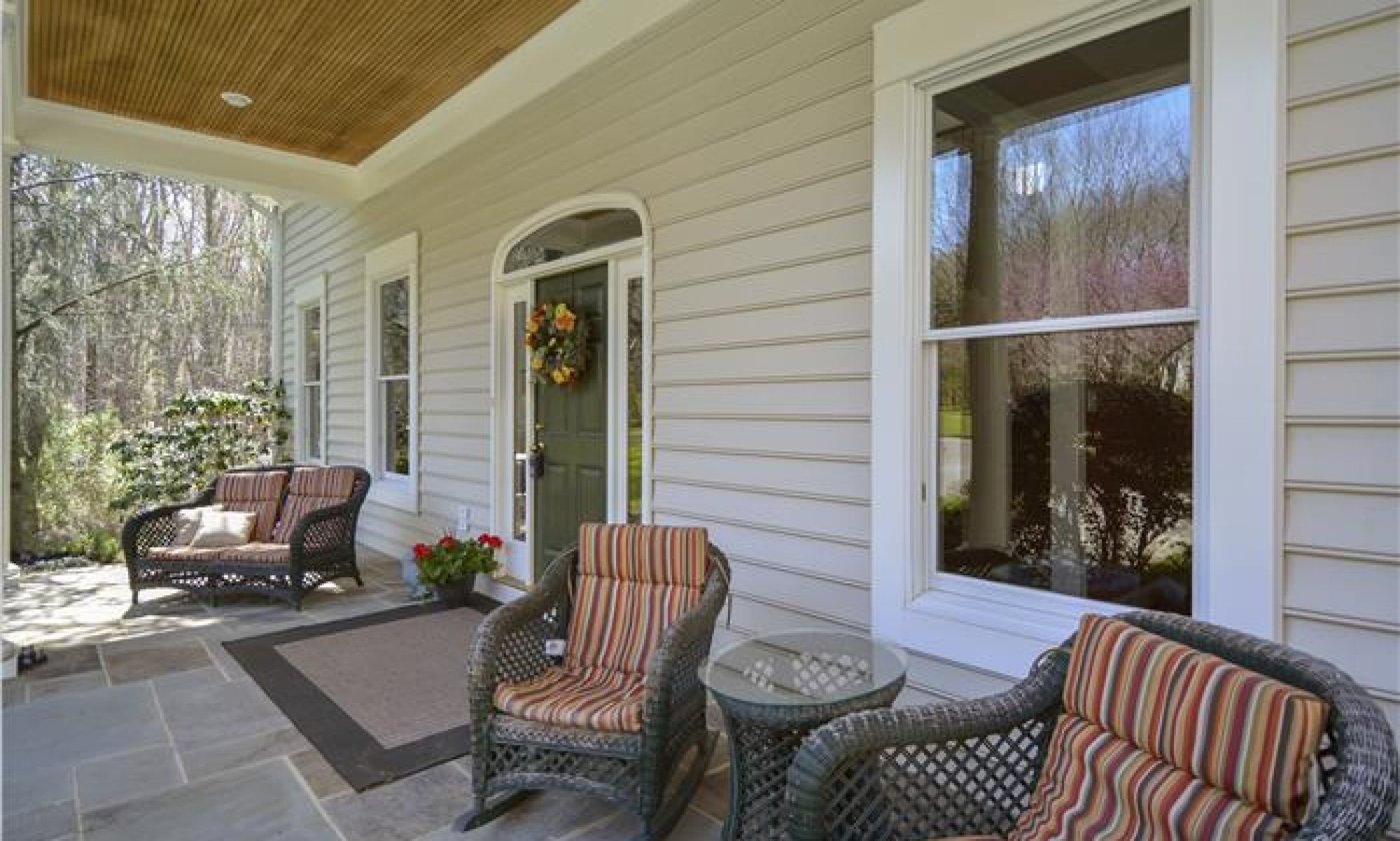For some, the holiday season is a time of enjoying family and friends. For others it’s a time of giving. Regardless, many agree that it’s a time we wish each other joy and happiness. Here’s some thoughts on holiday home safety keeping your holiday safe and enjoyable.
Holiday home safety includes protecting your home from fire. According to the Consumer Product Safety Commission (cpsc.gov), from 2014 to 2016 there were “about 100 Christmas tree fires and about 1,100 candle fires that resulted in 10 deaths, 150 injuries, and nearly $50 million in property damage each of those years.” If you have a live tree, make sure it has plenty of water so it doesn’t become potential tinder. If you have an artificial tree, make sure it’s “fire resistant” (check the label). Keep your tree away from the fire place and candles. If you’re using candles, keep an eye on them as they burn. Make sure they are away from curtains or other flammable items. Remember to blow out candles when leaving the room. To lower the fire risk, consider using “flameless” candles. When using holiday lights, check to make sure they are safety rated by a “nationally-recognized testing laboratory.” Throw out your old lights if they have: cracked sockets, frayed insulation, bare wires, and/or loose connections. Make sure your holiday decorations are flame retardant.
Holiday home safety is also about avoiding accidents. More stats from the Consumer Product Safety Commission indicate that the potential for accidents increase during the holiday season. Consider that there were five holiday decorating deaths during the 2018 holiday season. There were about 18,100 holiday “decorating-related injuries” during the 2017 holiday season. Since many holiday injuries are the result of falls, make sure you use a proper ladder or step-stool when decorating. Also consider having a helper to help stabilize the ladder or step-stool.
Children are typically at high risk for injuries, especially during the holiday season. The Centers for Disease Control and Prevention (cdc.gov) recommends to keep an eye on children during the festive season. During the holidays, be mindful of age appropriate toys, some toys can be choking hazards to young children.
Holiday season is prime time for thieves, so don’t make it easy for them. Secure your home just as you would any other time of the year. Security experts concur that it typically takes sixty seconds for a burglar to break into the average home. Because their risk of being caught in the act increases with every second, they will likely move to the next house if they can’t get in within a minute or two.
Don’t forget to deploy your deterrents and other preventative measures to discourage burglars from breaking-in, especially if you’re traveling. Besides the usual measures, there are other precautions to consider during the holidays. Don’t allow would-be thieves see your presents, place them out of site. Be aware that trash and recycling can also reveal your new and expensive items.
If you’re expecting deliveries when you are not at home, plan ahead to thwart porch pirates. Consider having your packages delivered at work or to a neighbor who is home during the day. Use parcel lockbox that keeps the package out of site and locked away. Install a camera to see front door activity.
More information about holiday home safety can be obtained from the CPSC, CDC, and your local government agencies (such as the Montgomery County Fire and Rescue Service, and the Montgomery County Police Department).
Original article is published at https://dankrell.com/blog/2020/01/02/holiday-home-safety/
By Dan Krell
Copyright© 2019
If you like this post, do not copy; instead please:
link to the article,
like it on facebook
or re-tweet.

Disclaimer. This article is not intended to provide nor should it be relied upon for legal and financial advice. Readers should not rely solely on the information contained herein, as it does not purport to be comprehensive or render specific advice. Readers should consult with an attorney regarding local real estate laws and customs as they vary by state and jurisdiction. Using this article without permission is a violation of copyright laws.

